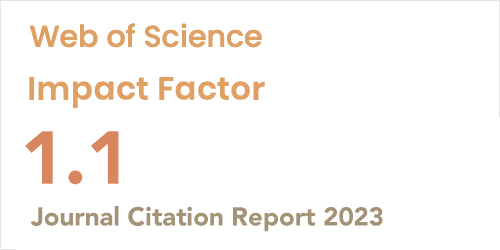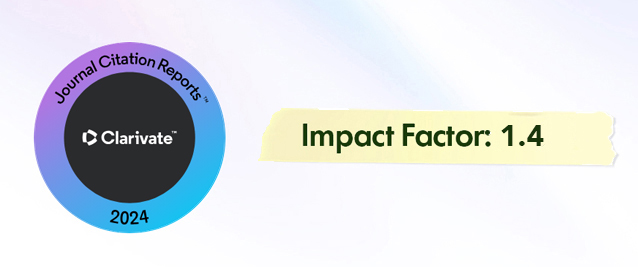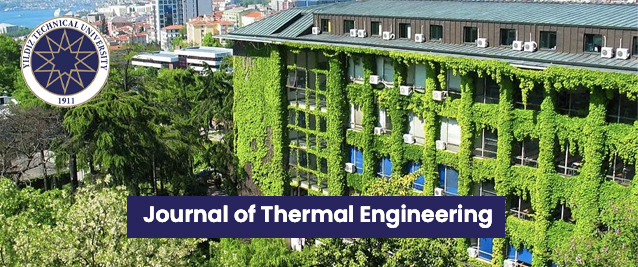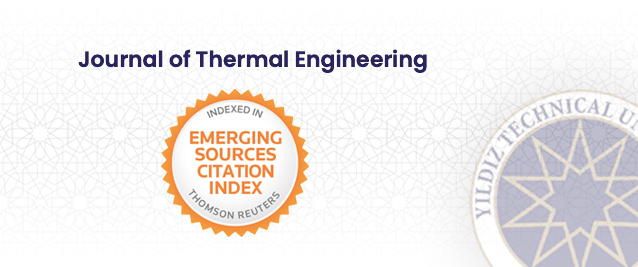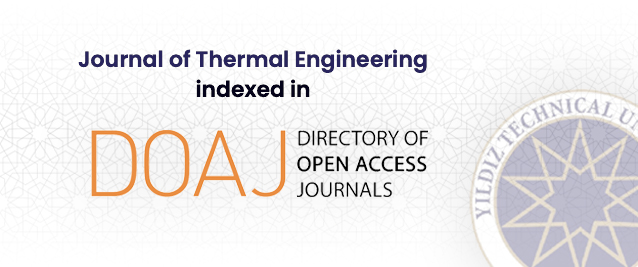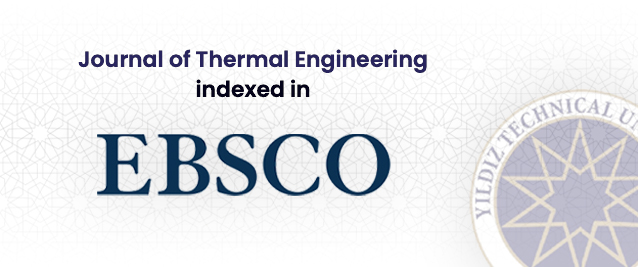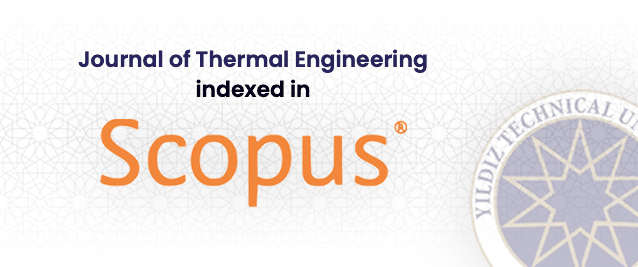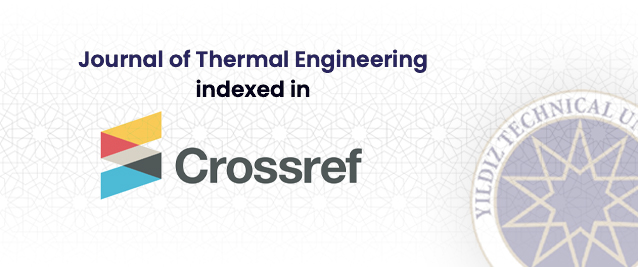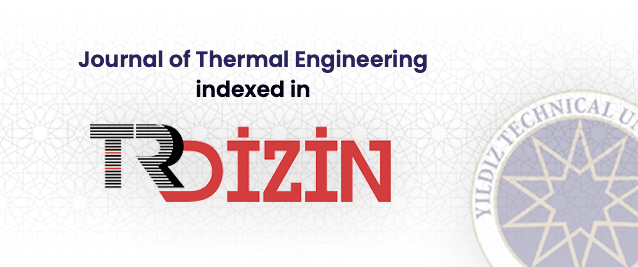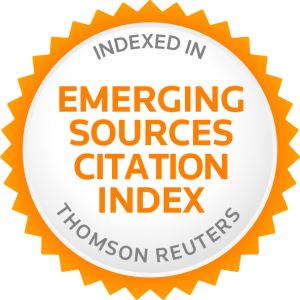Abstract
This study focuses on the impact of building thermal insulation on the energy consumption issue, which highlights the importance of reducing energy usage through efficient heat trans-fer management, especially in building roofs. The reviewed literature was categorized accord-ing to thermal transmittance, material properties, and simulation techniques. The identified gap is the lack of a numerical framework for insulation materials in building construction in Iran, which architects and building designers can use. The main method of investigation is a simulation-based approach using Design Builder software that follows the procedure from building modeling to the configuration of roof layers. Eight types of thermal insulation layers were simulated to evaluate their influence on improving the thermal balance of the roof. This research emphasizes a common roof detail used in Tehran residential buildings. This study evaluates the heat balance factor to identify the most suitable frameworks based on the in-sulation type. The findings of this study present a numerical framework that categorizes roof insulation materials and their thickness in terms of enhancing the thermal performance in Tehran’s buildings, which is a considerable result of this study. Based on the results, architects and building designers in Tehran have the possibility to use the framework in their first design phase, which can choose the most efficient insulation based on their project calculations. This is counted as the novelty point of the current research. As a numeric point, high-rate insula-tions like polystyrene (HFC) and polyurethane demonstrate remarkable flexibility in enhanc-ing thermal balance with coefficients ranging from 0.03 kW, to +0.06 kW which is considered based on the thickness increasing.




